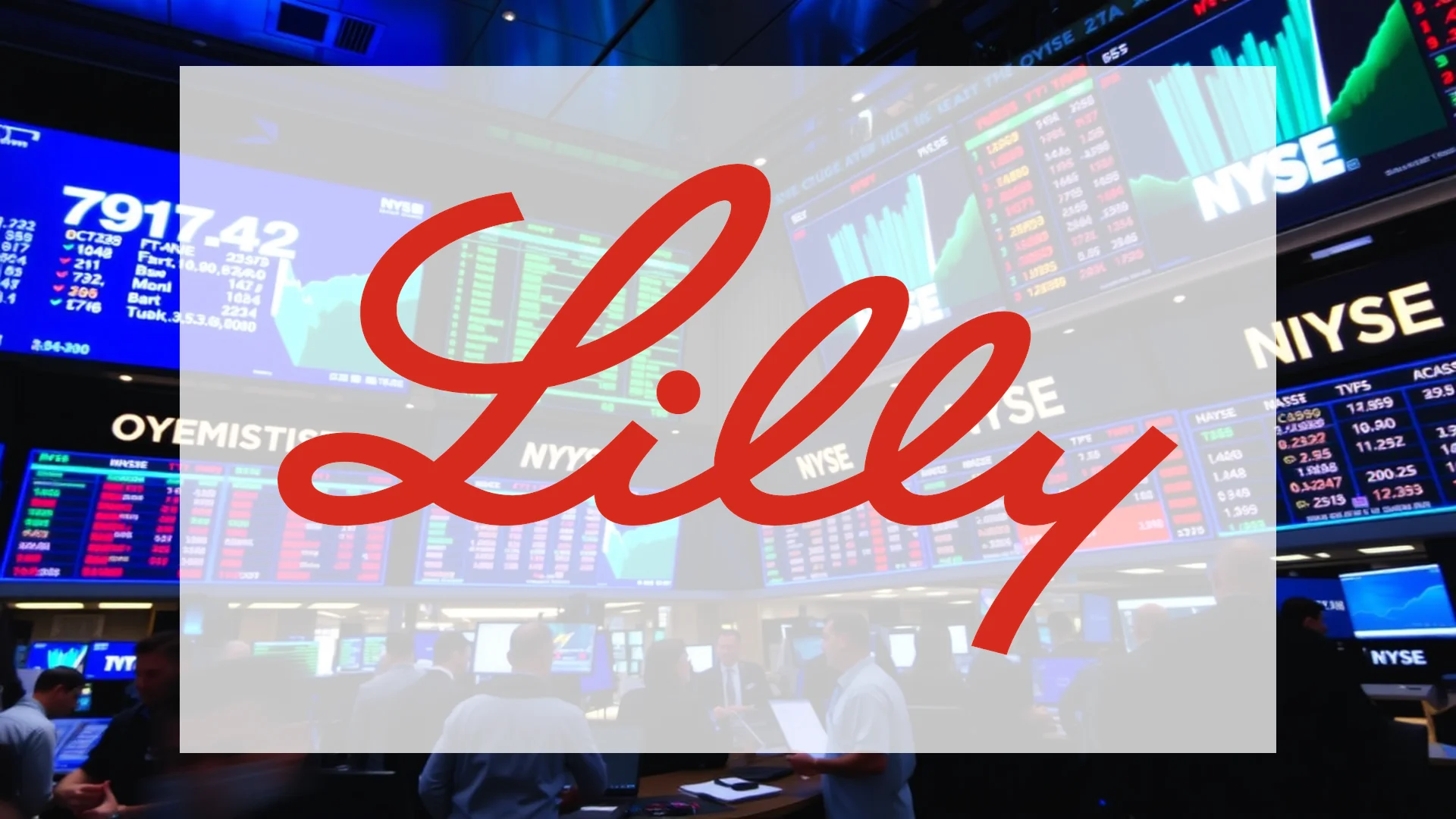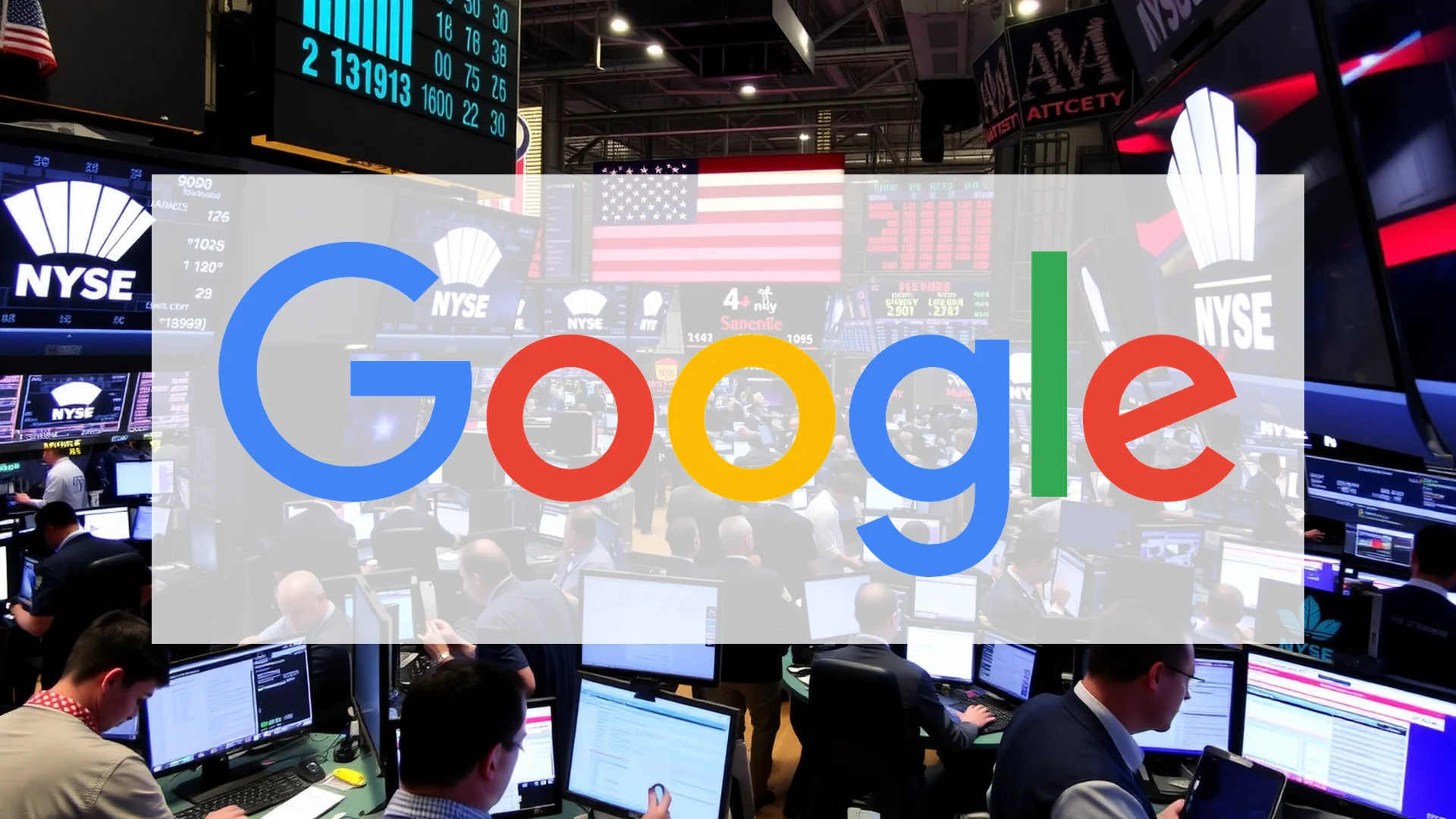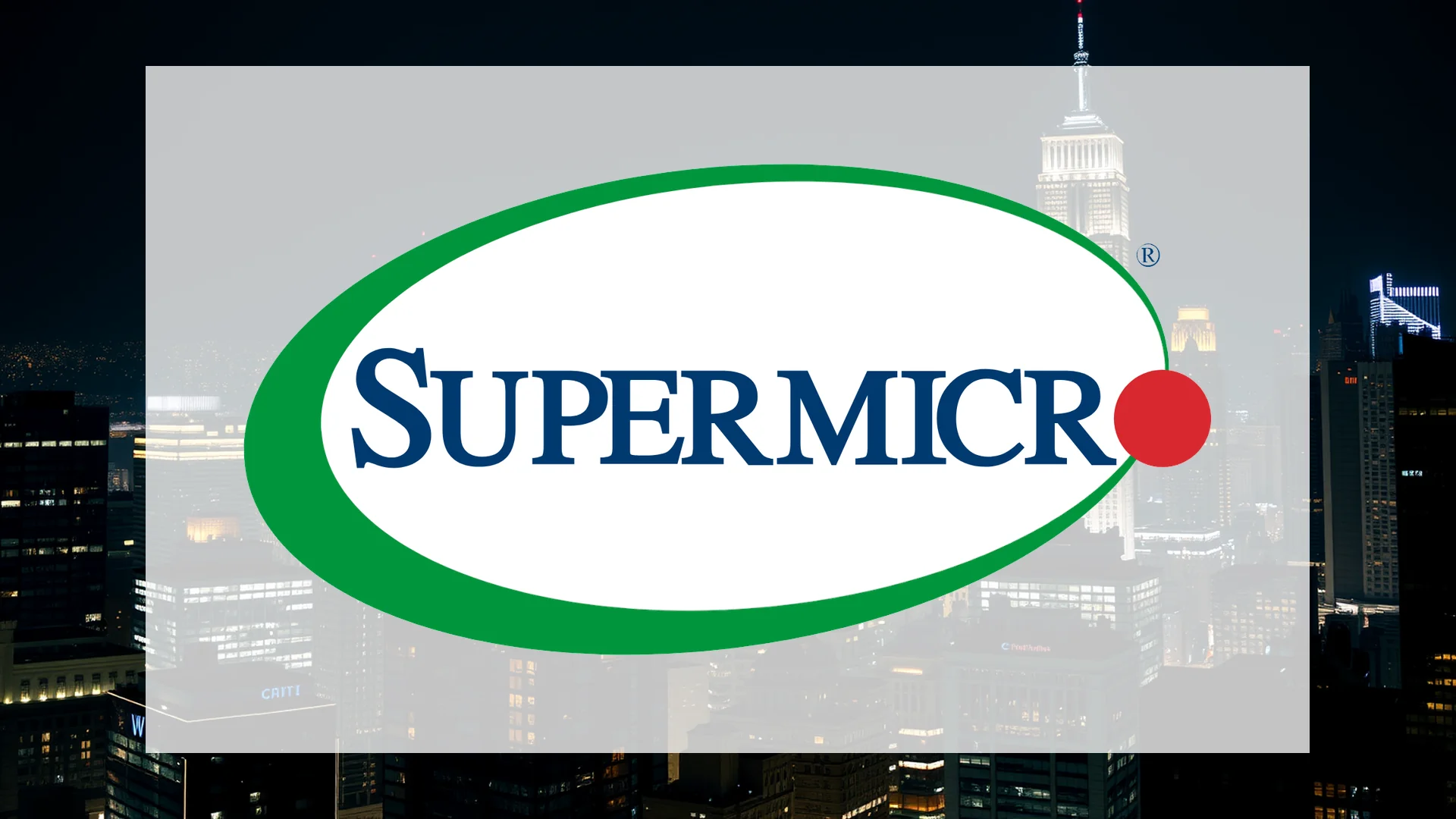Eli Lilly and Company has positioned itself for substantial expansion through a series of strategic developments announced in early November 2025. A landmark pricing arrangement with the U.S. government, promising clinical trial results for an experimental weight-loss treatment, and key executive appointments have collectively strengthened the pharmaceutical giant’s market standing. These coordinated moves could potentially drive the company’s valuation closer to the coveted trillion-dollar milestone.
Leadership Expansion Supports Strategic Vision
On November 6, 2025, Eli Lilly announced significant enhancements to its executive leadership team. Dr. Carole Ho joined as Executive Vice President leading Lilly Neuroscience, while Adrienne Brown was promoted to Executive Vice President and President of Lilly Immunology. Simultaneously, Dr. Daniel Skovronsky expanded his responsibilities to become Chief Scientific and Product Officer.
CEO David Ricks characterized these changes as essential preparation for “the next wave of growth” across multiple therapeutic areas. The executive committee expansion signals the company’s commitment to maintaining rapid momentum in both research development and commercial operations.
Government Agreement Expands Market Access
The most impactful announcement came in the form of a groundbreaking agreement with the Trump administration through the newly established “TrumpRx” program. This arrangement will dramatically reduce out-of-pocket costs for Medicare beneficiaries seeking obesity and diabetes medications. Under the program, Medicare participants will pay only $50 monthly for Zepbound and future weight-management therapies, while the government platform will offer the medication for $350 per month—a substantial reduction from previous costs exceeding $1,000.
This partnership effectively opens access to approximately 40 million additional potential patients in the United States alone. This represents more than four times the current estimated 8.5 million individuals receiving obesity medications. The White House described the arrangement as producing a “historic price reduction” that enables Medicare and Medicaid coverage while significantly lowering tax burden.
Pipeline Advancement with Eloralintide
Concurrent with these developments, Eli Lilly released positive Phase 2 trial results for eloralintide, an investigational treatment from the amylin class. Clinical trial participants demonstrated weight reduction ranging from 9.5% to 20.1% of body weight. The company plans to initiate Phase 3 studies as early as December 2025.
Should investors sell immediately? Or is it worth buying Eli Lilly?
Market experts responded enthusiastically to these findings. Analysts at Jefferies described the data as “the strongest evidence to date that the amylin class can deliver GLP-1-like or even superior weight reduction.” The competitive implications were immediately apparent, with rival Zealand Pharma experiencing an 11% decline in market value following the announcement.
Analyst Confidence and Price Target Revisions
The convergence of positive developments prompted immediate reaction from financial analysts. On November 10, Leerink Partners upgraded Eli Lilly shares from “Market Perform” to “Outperform” while raising their price target from $886 to $1,104—representing potential upside of 19%.
Analyst David Risinger emphasized that the government agreement could “significantly increase adoption of obesity medications while more than compensating for lower prices.” He further highlighted Lilly’s scaling advantages, noting: “We expect LLY to succeed in the ‘price versus volume’ equation, given enormous scale advantages and a growing obesity portfolio.”
Market Dominance with Tirzepatide
Eli Lilly’s tirzepatide compound—marketed as Mounjaro for diabetes and Zepbound for obesity—achieved global pharmaceutical dominance during the third quarter of 2025, becoming the world’s best-selling medication. The treatment generated $24.8 billion in revenue during the first nine months of the year. Within the weight-loss medication sector, Lilly commands a formidable 57% market share.
The overall obesity treatment market is projected to exceed $200 billion annually by 2031, positioning Eli Lilly to capture disproportionate benefits given its current market strength and expanding therapeutic portfolio.
Ad
Eli Lilly Stock: Buy or Sell?! New Eli Lilly Analysis from November 15 delivers the answer:
The latest Eli Lilly figures speak for themselves: Urgent action needed for Eli Lilly investors. Is it worth buying or should you sell? Find out what to do now in the current free analysis from November 15.
Eli Lilly: Buy or sell? Read more here...











